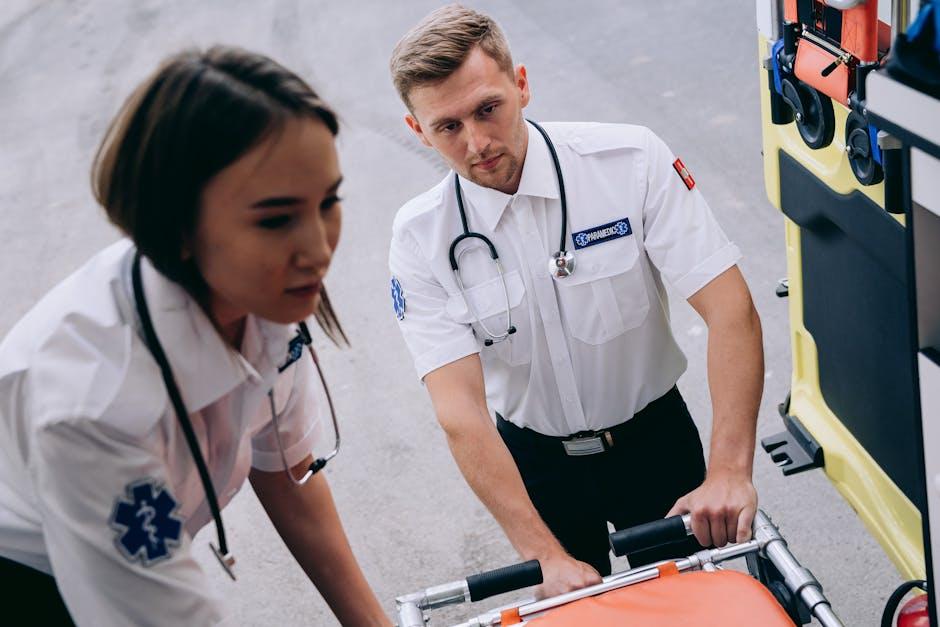In the race against time, every second counts. When emergencies strike—whether a sudden medical crisis, a natural disaster, or an accident—the swiftness of the response can mean the difference between life and death. Fast emergency response is more than just a matter of urgency; it is a critical link in the chain that preserves health, mitigates damage, and offers hope. This article explores why rapid action in emergencies saves lives, unveiling the science, strategies, and human stories behind the clock that never stops ticking.
Table of Contents
- The Critical Window Seconds Count in Emergencies
- How Rapid Response Improves Survival Rates and Outcomes
- The Role of Technology in Accelerating Emergency Interventions
- Training and Preparedness Strategies for First Responders
- Community Involvement and Immediate Action to Save Lives
- Q&A
- Future Outlook
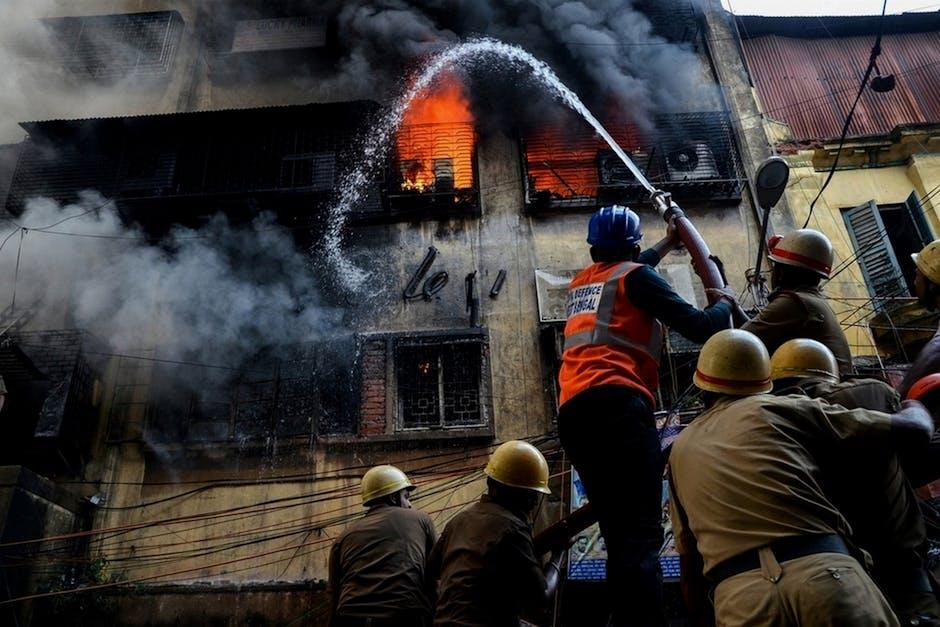
The Critical Window Seconds Count in Emergencies
When a lockout or security breach occurs in Minneapolis or nearby suburbs like Maple Grove and Blaine, every passing second escalates the risk of property damage, theft, or personal harm. Emeralds Locksmith’s swift emergency response is designed to neutralize such threats immediately, ensuring families and businesses regain control without delay. Whether it’s a commercial lock upgrade or a residential smart lock installation, fast intervention in these moments is not just about convenience—it’s a critical step toward safety.
Across the Twin Cities—from St. Paul to White Bear Lake and Coon Rapids—Emeralds Locksmith’s emergency teams bring unmatched speed and precision. Their 24/7 after-hours service means no one remains stranded or vulnerable, whether locked out of a car at midnight or needing urgent rekeying after a break-in attempt. Here’s how time-sensitive locksmith solutions benefit you:
- Rapid entry to restore access quickly without damaging doors or locks
- Immediate lock changes and rekeying to prevent unauthorized access
- Smart lock installation to add layers of security that act instantly
- Reliable emergency service available around the clock for every Twin Cities neighborhood
| Emergency Locksmith Service | Typical Response Time | Common Scenarios |
|---|---|---|
| Car & Home Lockouts | Under 20 minutes | Locked keys inside vehicle or house |
| Rekey & Key Replacement | 30-45 minutes | Lost keys, recent break-ins |
| Lock Changes & Upgrades | Within 1 hour | Old or compromised locks |
| Smart Lock Installation | Same day service | Desire for upgraded home/business security |

How Rapid Response Improves Survival Rates and Outcomes
Seconds can mean the difference between safety and danger during lockout emergencies in the Twin Cities suburbs such as Maple Grove, Blaine, and Coon Rapids. When locked out of your home, car, or business, a swift response minimizes exposure to harsh Minnesota weather and potential security risks. Emeralds Locksmith understands this urgency, offering 24/7 emergency after-hours response that reaches you fast, whether you’re stranded in St. Paul, Minneapolis, or White Bear Lake. Their team specializes in rapid car and home lockout solutions, key replacements, and lock changes designed to restore your security quickly and efficiently.
Fast response times also improve outcomes by preventing prolonged vulnerability and reducing stress in critical moments. Emeralds Locksmith’s advanced smart lock installation and business lock systems are tailored to enhance safety and streamline access in busy urban and suburban settings. This combination of technology and rapid service builds peace of mind for residents and commercial clients alike. Consider the impact of their quick interventions illustrated below:
| Emergency Type | Average Response Time | Impact on Safety & Outcome |
|---|---|---|
| Residential Lockout (Maple Grove) | 15 minutes | Reduced exposure & swift access to shelter |
| Auto Lockout (Minneapolis) | 10 minutes | Prevents inconvenience & potential car theft |
| Commercial Lock System Failure (St. Paul) | 20 minutes | Ensures business continuity & safety |
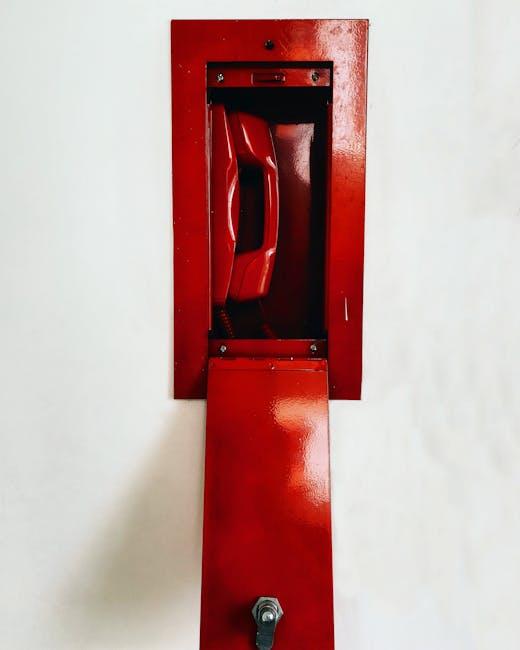
The Role of Technology in Accelerating Emergency Interventions
In today’s fast-paced Twin Cities area, technology is revolutionizing how emergency locksmith services are delivered, ensuring residents and businesses in Maple Grove, Blaine, Coon Rapids, White Bear Lake, Minneapolis, and St. Paul receive rapid assistance when they need it most. Cutting-edge GPS-enabled dispatch systems enable Emeralds Locksmith to pinpoint customer locations accurately and deploy the nearest technician instantly—minimizing wait times during car or home lockouts. Smart notification platforms keep clients informed throughout the service process, reducing uncertainty and building trust in every emergency after-hours response.
Advanced lock diagnostics and mobile key programming tools allow technicians to perform complex issues on-site without delays. Whether it’s rekeying, lock changes, or installing the latest smart lock technology, the combination of skilled locksmith expertise and real-time data integration accelerates resolution speed for both residential and commercial needs. This tech-driven approach ensures businesses in the Twin Cities suburbs can swiftly secure premises after an emergency, preserving assets and operations with minimal disruption.
| Technology | Benefit | Service |
|---|---|---|
| GPS Dispatch | Fastest Technician Arrival | Emergency Lockouts |
| Smart Diagnostics | On-site Problem Solving | Lock Changes & Rekeying |
| Mobile Key Programming | Instant Key Replacement | Auto Locksmith Services |
| Customer Alerts | Real-Time Updates | After-Hours Response |
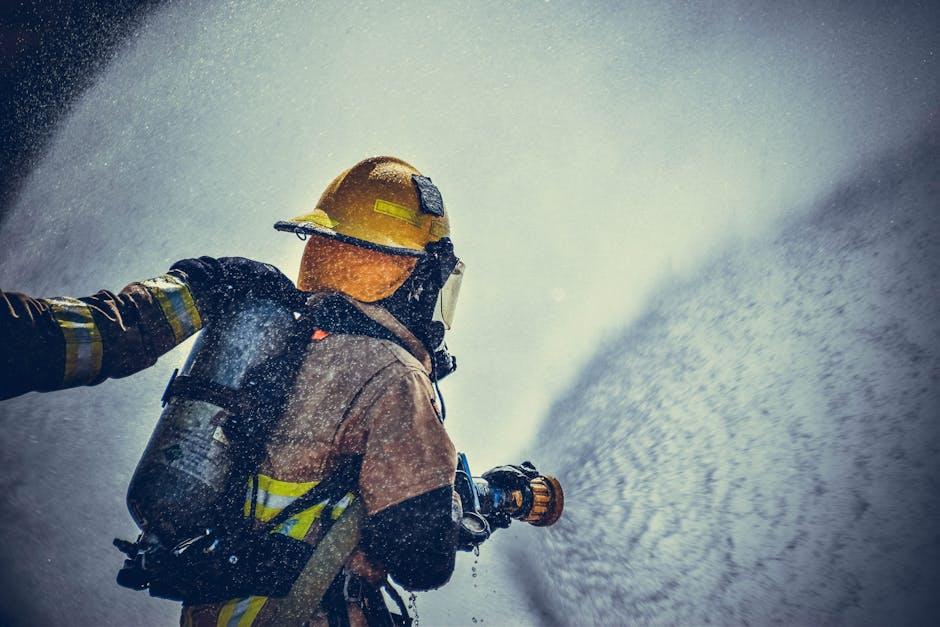
Training and Preparedness Strategies for First Responders
First responders in the Twin Cities suburbs—from Maple Grove to Blaine and Coon Rapids—rely heavily on rigorous training and preparedness to act swiftly during critical moments. Emeralds Locksmith understands that in emergencies like residential or auto lockouts, every second counts. Our teams mirror this urgency by ensuring they are equipped with the latest tools and skills for rapid lock changes, smart lock installations, and emergency after-hours responses. Through continuous drills and scenario-based training, responders sharpen their ability to assess situations quickly, minimizing delays in gaining access and providing immediate assistance to those in need.
Key components of effective training for first responders include:
- Rapid decision-making under pressure to enhance response times.
- Mastery of advanced locking systems common in homes and businesses across White Bear Lake and St. Paul.
- Coordination with trusted local service providers like Emeralds Locksmith for seamless support in emergencies.
- Hands-on practice with rekeying, key replacement, and smart lock troubleshooting to ensure no lockout scenario is insurmountable.
| Training Focus | Benefit to Response | Local Relevance |
|---|---|---|
| Emergency Lock Picking | Hasty entry without damage | Crucial for quick access in Minneapolis residential lockouts |
| Smart Lock Systems | Adaptability to modern security tech | Vital for business lock upgrades in downtown St. Paul |
| After-Hours Drills | Preparedness round-the-clock | Guarantees rapid response across Twin Cities suburbs |
| Vehicle Lockout Solutions | Prevents delays in auto emergencies | Essential for residents in White Bear Lake and Coon Rapids |
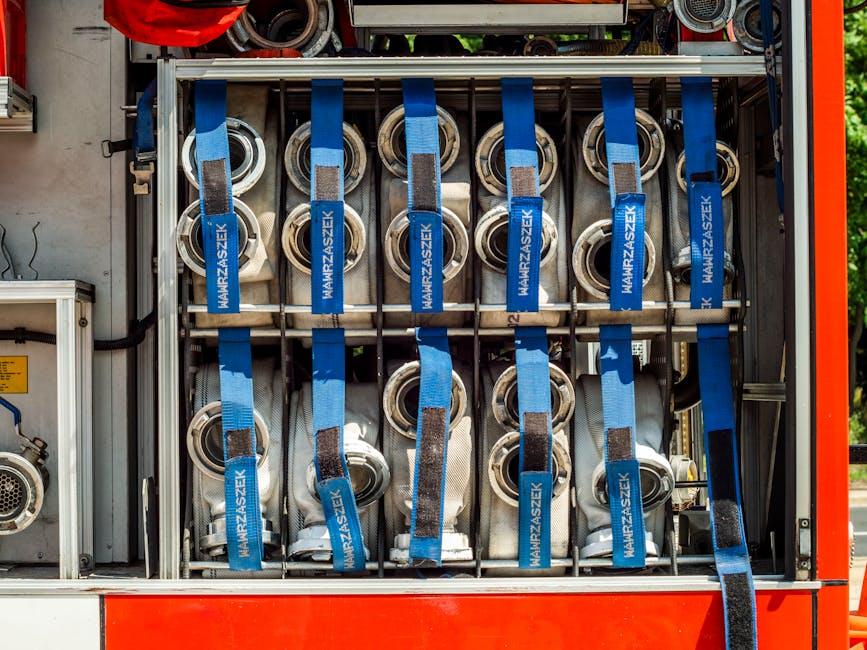
Community Involvement and Immediate Action to Save Lives
When seconds matter in emergency lockout situations across the Twin Cities metro area—from Maple Grove to Blaine and Coon Rapids—local responders and neighbors play a critical role in saving lives and minimizing damage. Emeralds Locksmith consistently partners with communities to offer rapid assistance, whether it’s a child accidentally locked in a car in White Bear Lake, or a commercial office needing urgent access after-hours in downtown Minneapolis. This immediate action reduces risk and often prevents trauma by restoring security without delay.
Emeralds Locksmith’s rapid response service is trusted throughout St. Paul and surrounding suburbs for emergencies involving:
- Residential and auto lockouts—helping families regain safe entry quickly
- Emergency lock changes and rekeying—ensuring safety after break-ins or lost keys
- Smart lock upgrades—allowing instant control and monitoring remotely
Our technicians arrive promptly with state-of-the-art tools and training, ensuring every crisis is resolved efficiently. This dedication supports first responders by reducing on-scene delays and providing peace of mind to our neighbors across the metro area.
| Service | Typical Response Time | Areas Covered |
|---|---|---|
| Emergency Home Lockout | Under 20 minutes | St. Paul, Minneapolis, Maple Grove |
| Commercial Business Lock System Repair | 30 minutes | Blaine, Coon Rapids, White Bear Lake |
| Smart Lock Installation & Upgrade | Same day service | Twin Cities Metro |
Q&A
Q&A: Why Fast Emergency Response Saves Lives
Q1: What exactly is meant by “fast emergency response”?
A: Fast emergency response refers to the swift actions taken by first responders—such as paramedics, firefighters, and police officers—immediately after an emergency call. It’s about minimizing the time between distress signals and professional medical intervention or rescue efforts.
Q2: How does quick intervention impact a person’s chances of survival?
A: In emergencies like heart attacks, strokes, or accidents, every second counts. Rapid response can mean the difference between life and death by stabilizing vital signs, preventing further injury, and initiating critical treatment before complications arise.
Q3: Why is timing so critical in emergencies?
A: The human body’s resilience declines sharply with time when deprived of oxygen or subjected to trauma. For example, brain cells begin dying within minutes during a stroke or cardiac arrest. Fast aid can preserve organ function and reduce long-term disability.
Q4: Can you give examples where fast response has proven vital?
A: Absolutely. In cardiac arrests, prompt CPR and defibrillation can double or triple survival rates. In car crashes, rapid extraction and trauma care reduce internal bleeding and prevent shock. Likewise, quick evacuation in fires stops smoke inhalation injuries.
Q5: What role does technology play in speeding up emergency response?
A: Innovations like GPS dispatch systems, mobile health apps, and drones help emergency teams locate victims faster and deliver care sooner. Real-time data sharing ensures paramedics are prepared even before reaching the scene.
Q6: How can communities support faster emergency responses?
A: Public training in CPR and first aid empowers bystanders to act immediately. Clear addressing, reducing traffic during rush hours, and spreading awareness about emergency numbers all contribute to lowering response times.
Q7: Is fast response always enough to save lives?
A: While critical, speed is just one part of the equation. Quality care, proper equipment, and coordinated teamwork are equally essential. However, without prompt arrival, even the best treatment loses its edge.
Q8: What can individuals do if they witness an emergency?
A: Stay calm, call emergency services immediately, provide basic first aid if you’re trained, and relay accurate information about the location and condition of the victim. Your quick action can bridge the gap until professionals arrive.
Q9: How has fast emergency response evolved over time?
A: From candlelit watches to modern dispatch centers and advanced ambulances, emergency response has dramatically improved. Today’s faster, smarter systems reflect a global commitment to saving as many lives as possible within the “golden hour” of accidents.
Q10: Why should fast emergency response be a priority for societies worldwide?
A: Emergencies are unpredictable and affect everyone regardless of age or background. Prioritizing swift action ensures communities are resilient, health systems function optimally, and countless lives are preserved in moments that truly matter.
Future Outlook
In the race against time, every second holds the power to alter a life’s story. Fast emergency response is not just a matter of protocol—it is a lifeline woven from urgency, skill, and compassion. By understanding its critical role, society can continue to support and improve these vital systems, ensuring that when emergencies strike, hope arrives swiftly. After all, in moments that define fate, it is the speed of response that often saves more than just time—it saves lives.

